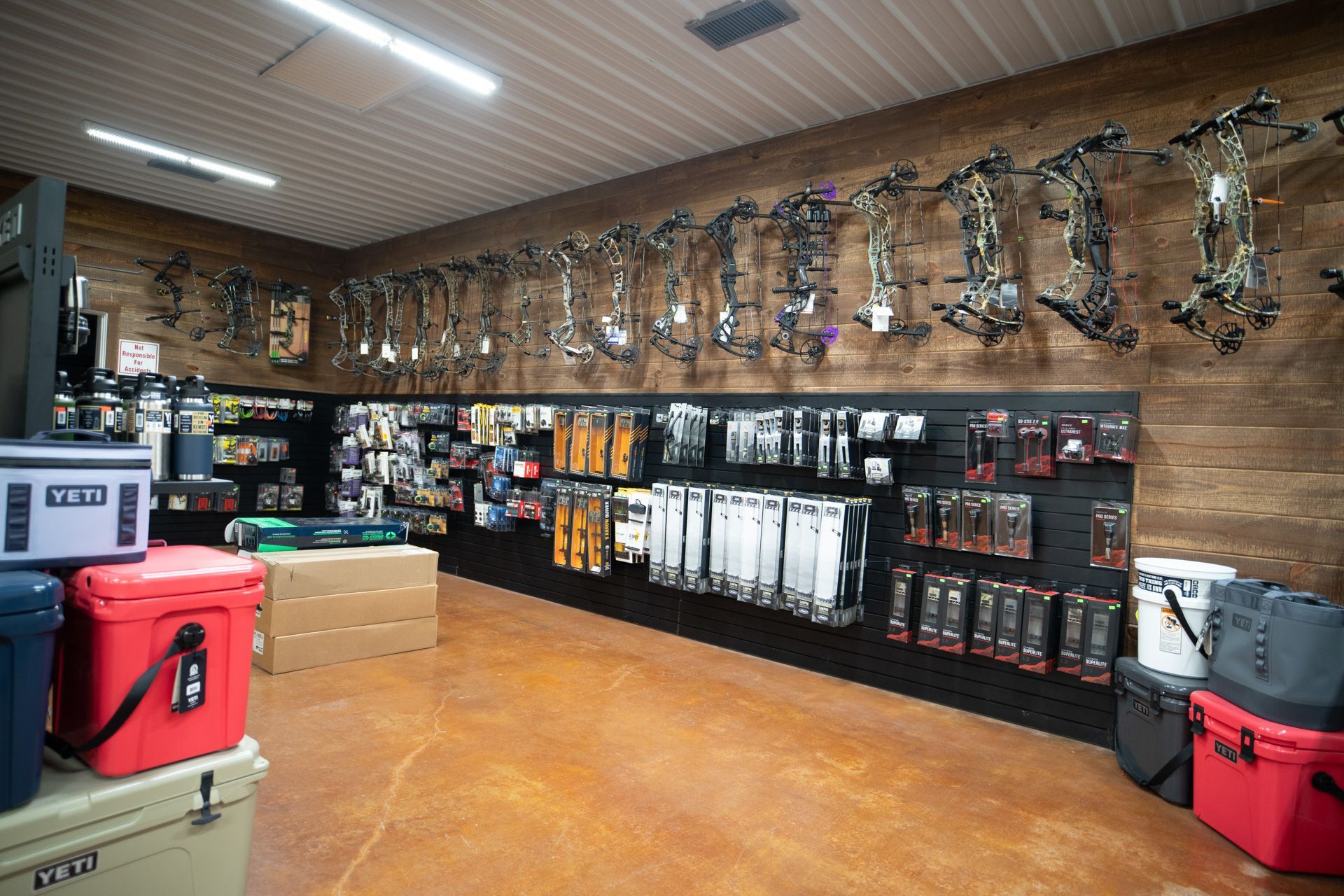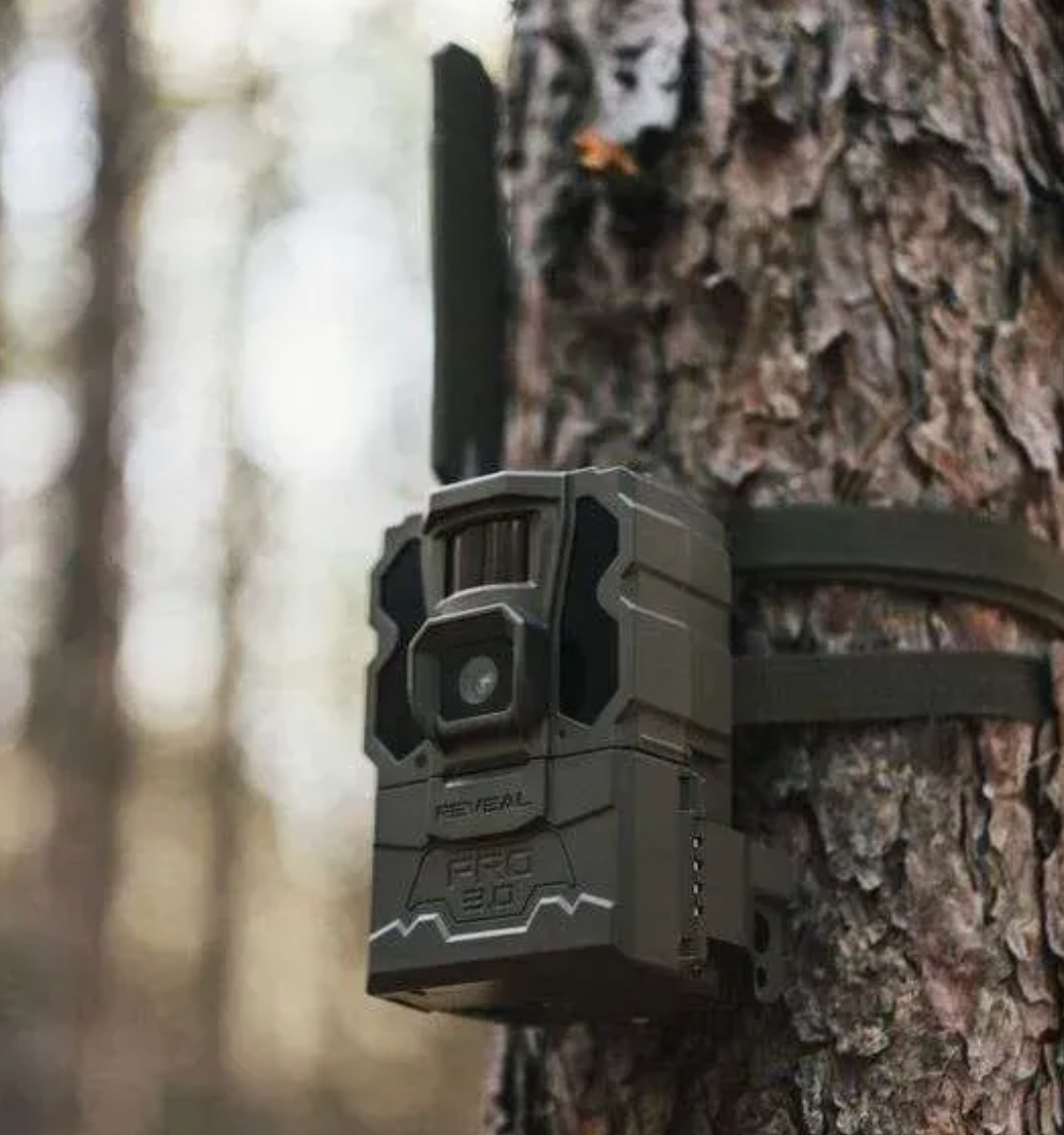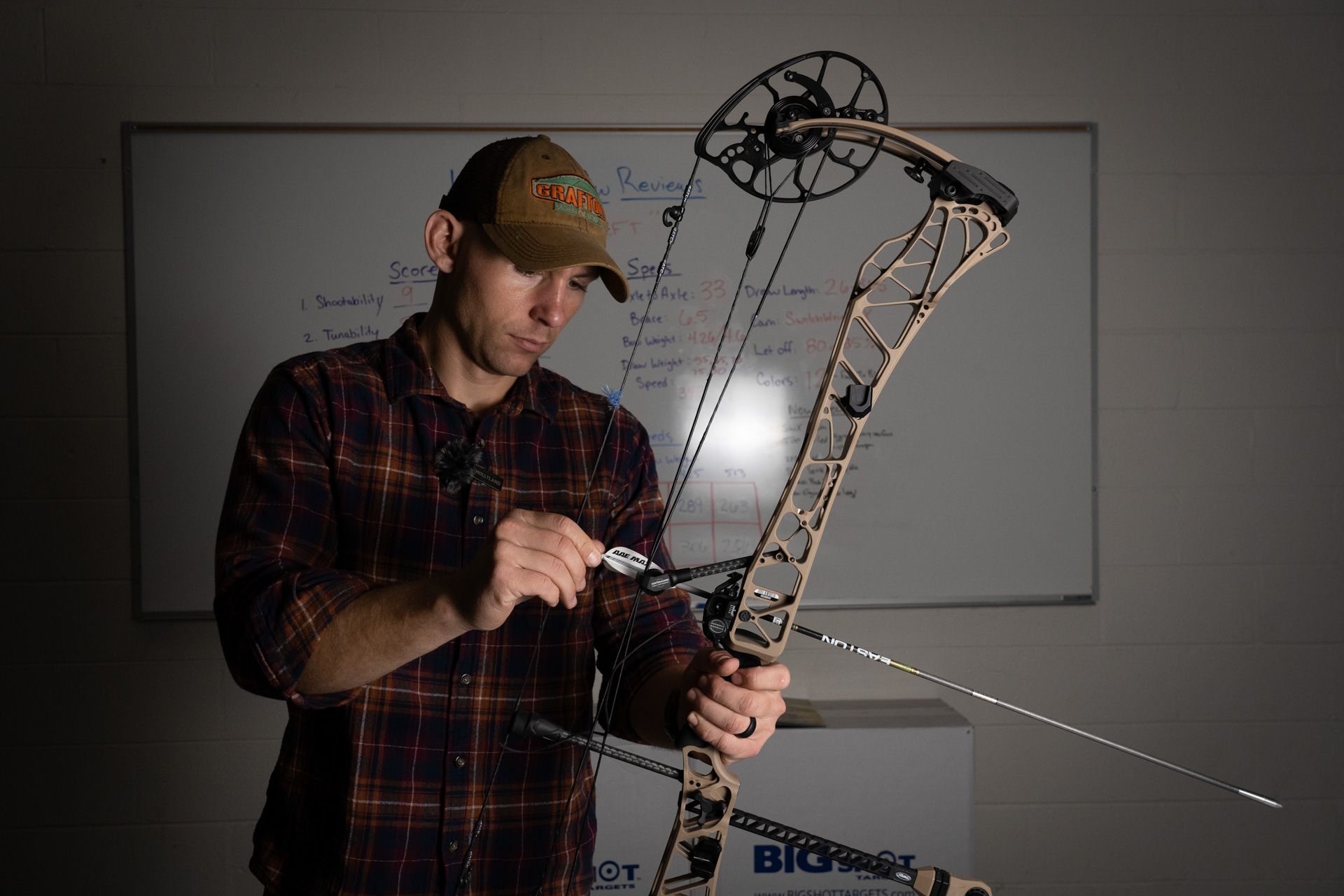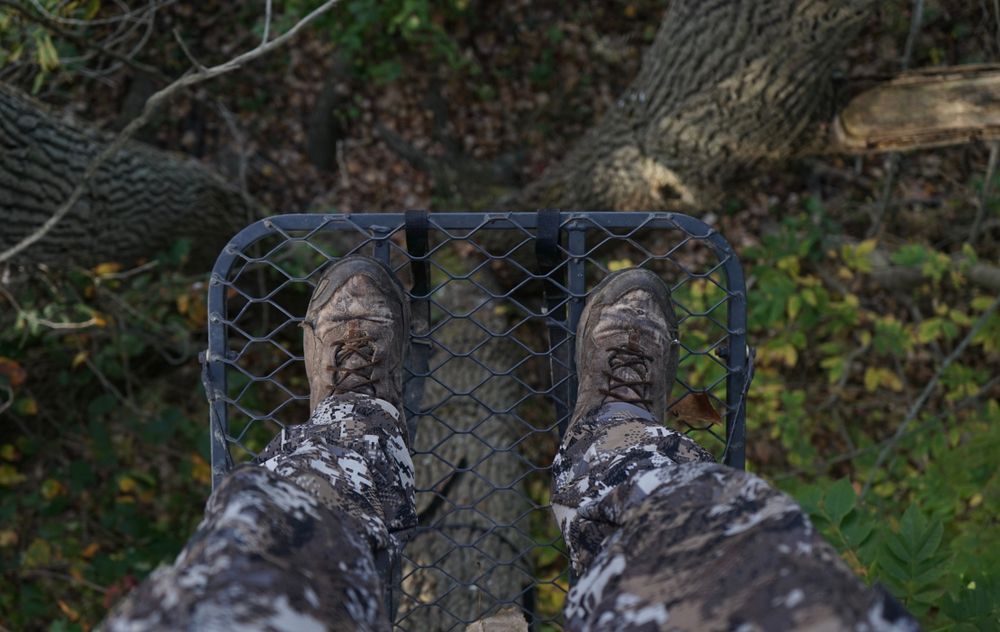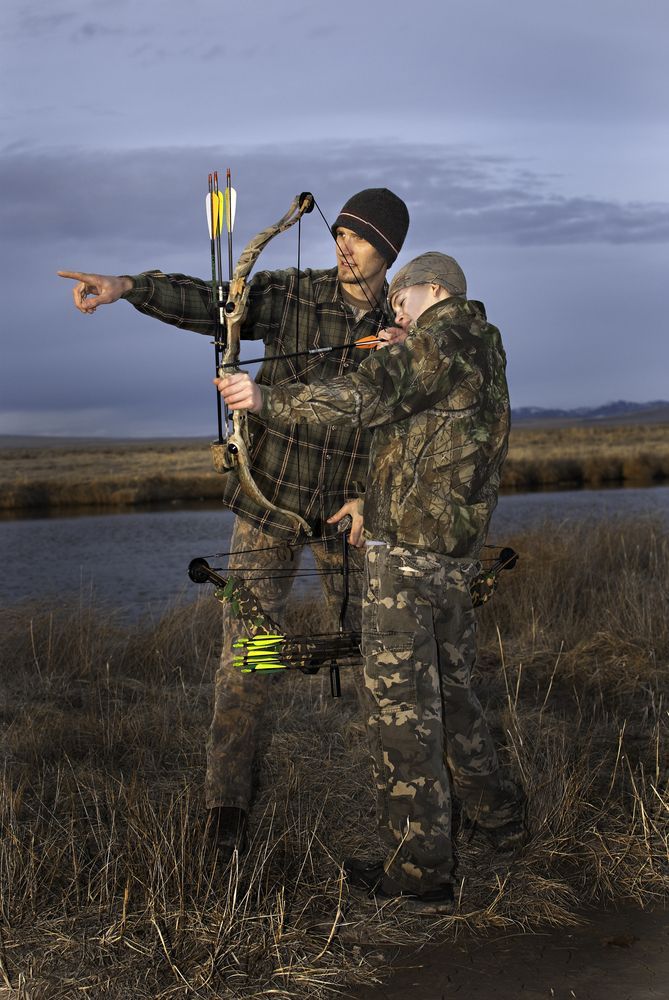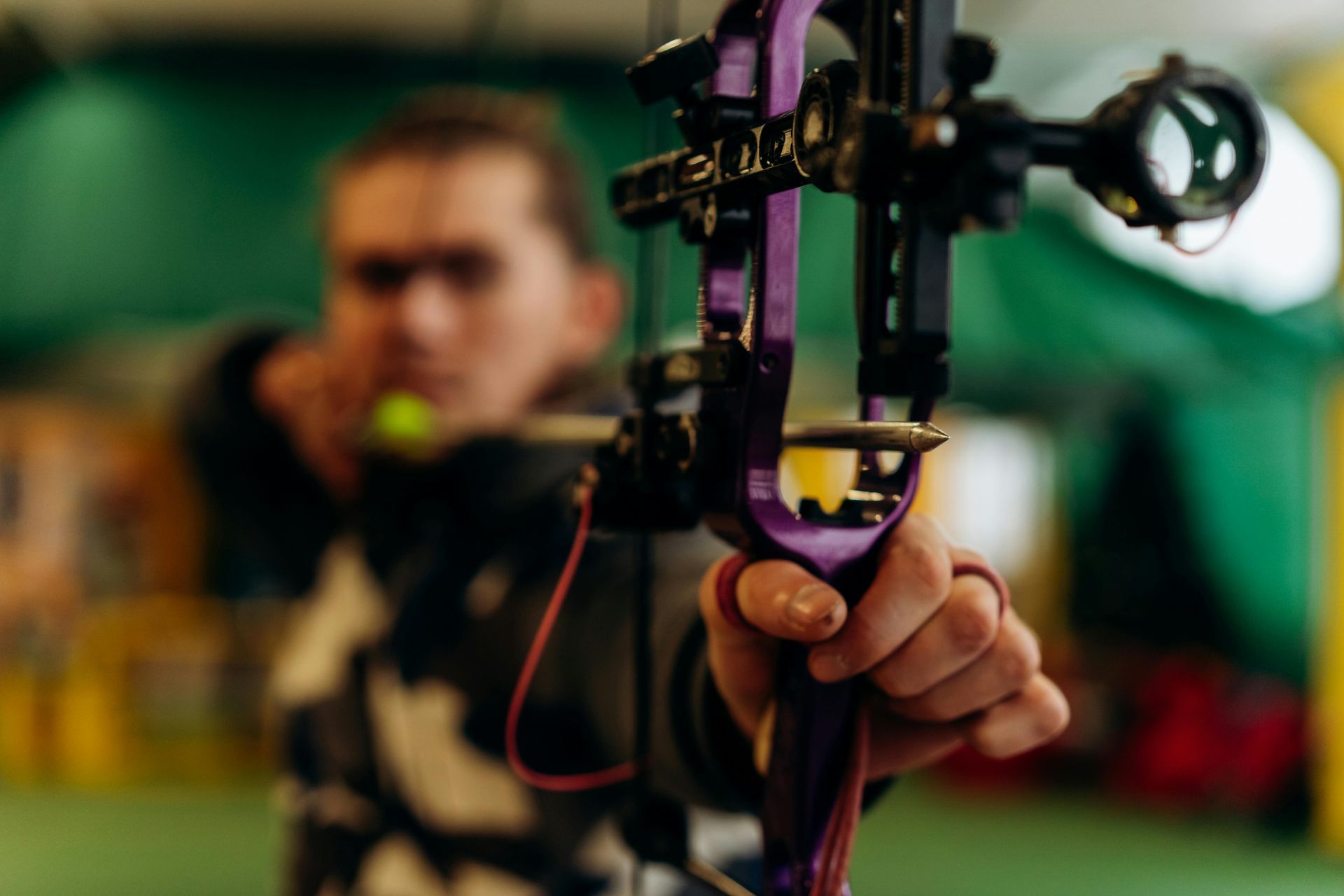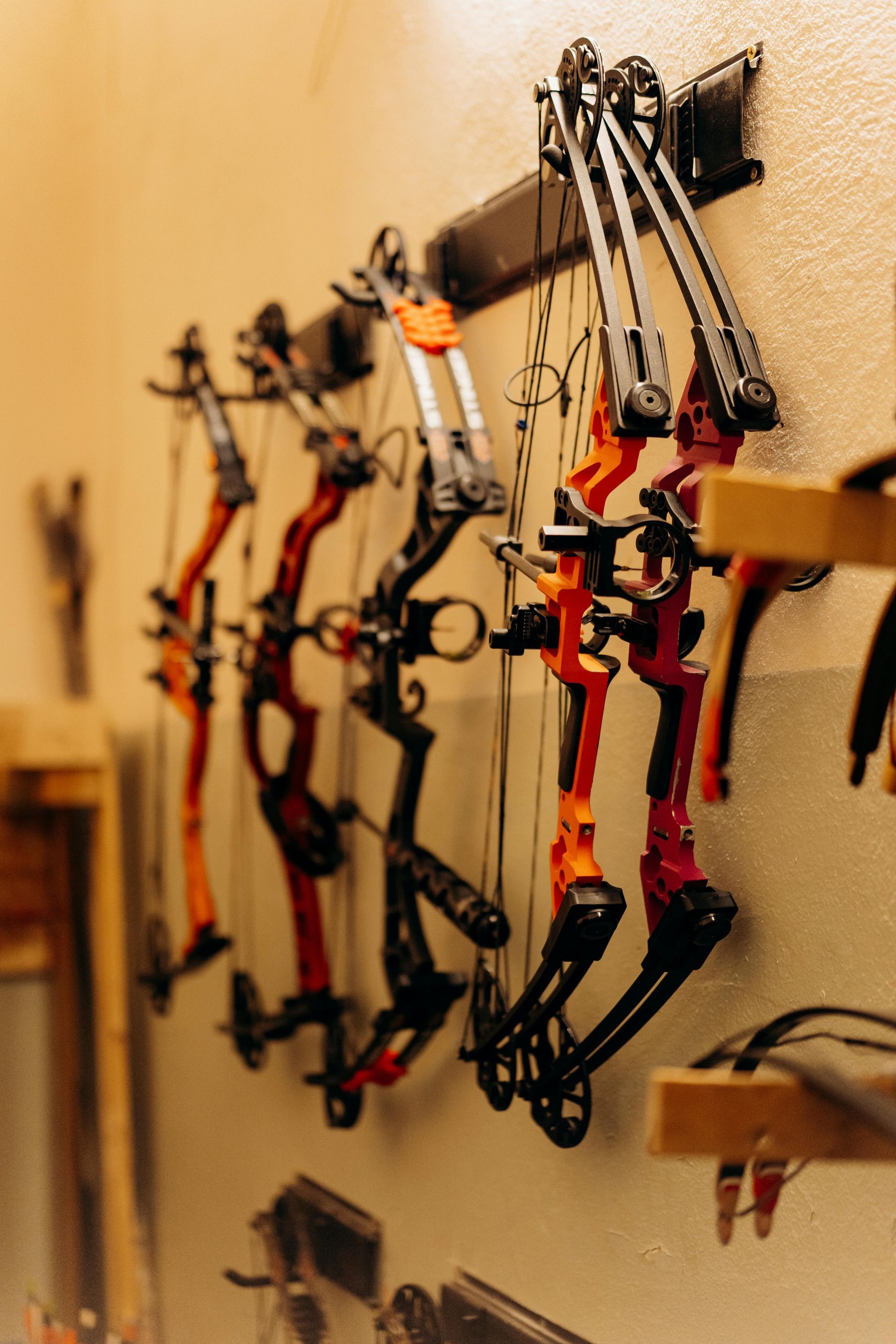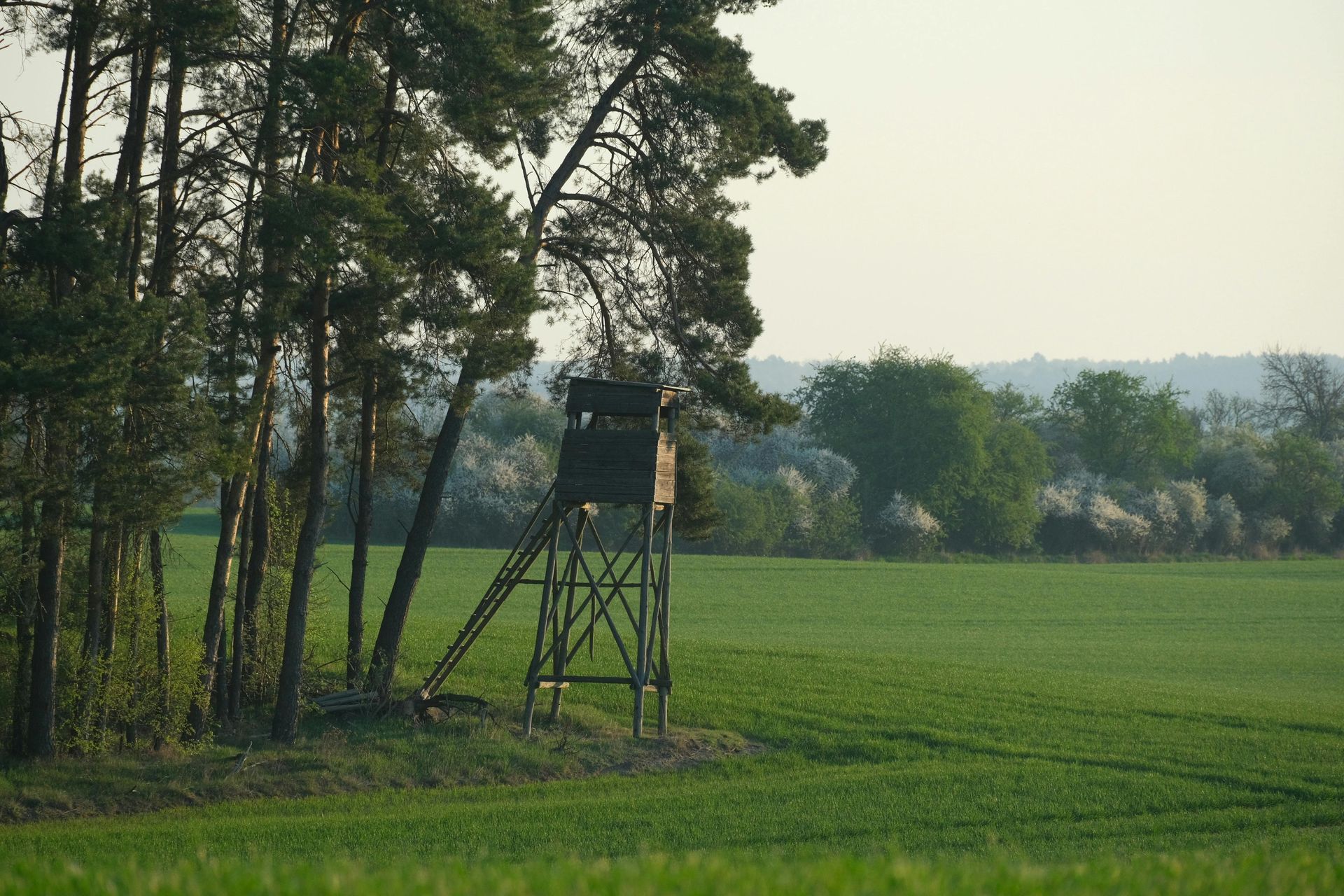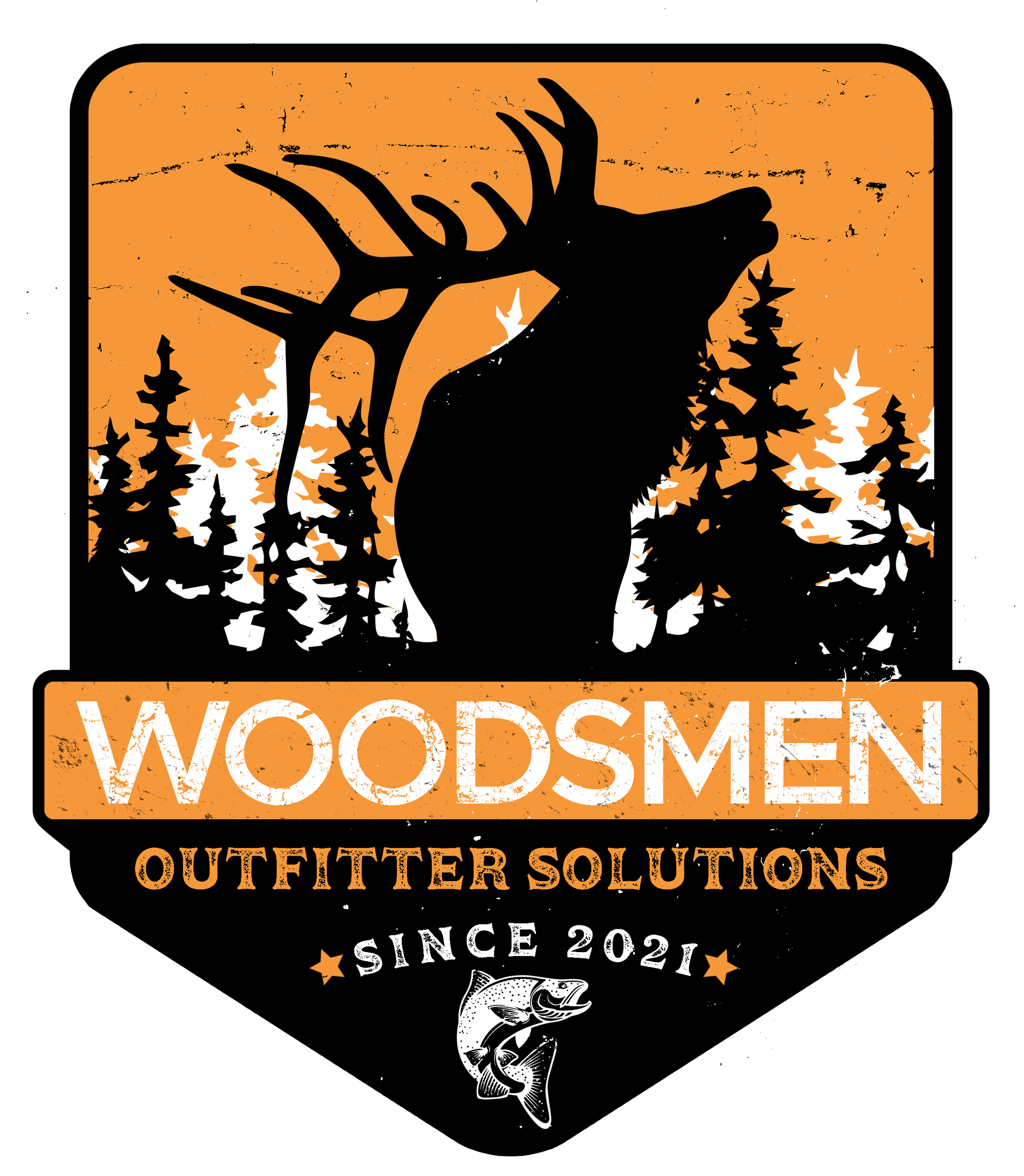Spotting Scope vs Binoculars for Hunters: Choosing the Right Optics for Your Hunt
Grafton Archery & Outdoors
Quality optics can transform your hunting success, but choosing between spotting scopes and binoculars often confuses hunters. Each tool serves distinct purposes in the field, and understanding their differences helps you make the right investment for your hunting style. The key is matching your optics to your terrain, hunting method, and specific game pursuit needs.
Why Binoculars Are Essential for Most Hunters
Binoculars represent the most versatile optic investment for hunters. Their portability, lightweight design, and instant usability make them ideal for diverse hunting situations. Whether you're navigating thick timber or scanning open terrain, quality binoculars provide quick target acquisition and continuous movement tracking.
Optimal Magnification Range: Most hunters benefit from 8x or 10x magnification binoculars. These magnifications balance image clarity with field of view, making them perfect for tracking deer, turkeys, and smaller game species. The moderate magnification prevents image shake from hand-holding while maintaining enough detail for effective game assessment.
Portability Advantages: Binoculars excel in mobile hunting scenarios. You can carry them hands-free using chest harnesses, quickly raise them for scanning, and pack them without adding significant weight to your gear. Many compact models fit easily in hunting packs or vest pockets.
Ideal Applications for Binoculars:
- Whitetail deer scouting in wooded environments
- Mid-range movement detection and tracking
- Mobile hunting where quick glassing is essential
- Archery hunting where equipment weight matters
- Dense cover hunting where wide field of view helps
For hunters in wooded regions like North Carolina, binoculars often provide the most practical solution. They deliver the versatility needed for varied terrain while keeping your gear load manageable.
When Spotting Scopes Become Necessary
Spotting scopes serve specialized purposes that binoculars cannot match. Their primary advantage lies in extreme magnification capability and fine detail resolution at extended distances. While heavier and requiring tripod support, spotting scopes unlock hunting opportunities that would be impossible with binoculars alone.
Magnification Power: Spotting scopes typically offer 15x to 60x magnification ranges. This power allows you to evaluate antler characteristics, assess body condition, and observe animal behavior from hundreds of yards away. The magnification capability transforms distant specks into detailed game assessment opportunities.
Extended Glassing Sessions: Spotting scopes excel during long observation periods from fixed positions. The tripod-mounted stability prevents fatigue and allows precise tracking of distant animals. You can study game patterns, identify individual animals, and make strategic hunting decisions without alerting your quarry.
Prime Spotting Scope Applications:
- Long-range glassing from ridges and elevated positions
- Western hunting for elk, mule deer, and antelope
- Distant game assessment without disturbance
- Preseason scouting from field edges and power lines
- Trophy evaluation before committing to a stalk
If you're planning out-of-state hunts or want to enhance your preseason scouting effectiveness, a spotting scope provides capabilities that binoculars simply cannot deliver.
Comparing Key Performance Features

The choice between these tools depends on your hunting style priorities. Binoculars favor mobility and quick response, while spotting scopes prioritize maximum detail and long-range capability.
Using Both Optics Together
Many experienced hunters carry both binoculars and spotting scopes, using them in complementary roles. This combination approach maximizes your glassing effectiveness by leveraging each tool's strengths.
Scanning and Confirmation Strategy: Use binoculars for initial landscape scanning and movement detection. When something catches your attention, switch to the spotting scope for detailed evaluation and decision-making. This method combines wide-area coverage with precise assessment capability.
Team Hunting Applications: When hunting with partners, having both optics allows continuous observation without missing opportunities. One hunter can maintain wide-area scanning while another studies specific targets through the spotting scope.
Blind and Stand Setups: Stationary hunting positions benefit greatly from dual optics. Set up your spotting scope on a tripod for detailed observation while keeping binoculars ready for quick scanning and movement detection.
Professional Optics Selection at Grafton Archery & Outdoors
Optics quality varies dramatically between manufacturers and price points. Superior glass quality, robust construction, and weather resistance separate professional-grade optics from budget alternatives. Cheap optics often fail in low-light conditions and produce image distortion that hampers effective game assessment.
Grafton Archery & Outdoors stocks premium optics from trusted manufacturers designed for demanding hunting conditions. Whether you need compact binoculars for dense woods or powerful spotting scopes for open-country glassing, their selection covers every hunting scenario.
Expert Consultation Services: The knowledgeable staff at Grafton Archery & Outdoors can evaluate your hunting needs and recommend appropriate optics. They provide hands-on demonstrations, explain magnification differences, discuss lens coating benefits, and help you understand durability features before making your investment.
Complete Accessory Selection: Beyond the optics themselves, Grafton Archery & Outdoors carries essential accessories including cleaning kits, chest harnesses, tripods, and protective covers. These accessories protect your investment and ensure your optics remain field-ready throughout the season.
Making the Right Choice for Your Hunting Style
Your hunting method and terrain determine which optics serve you best. Most bowhunters in wooded regions like North Carolina find that quality binoculars handle their needs effectively. The combination of portability, versatility, and ease of use makes binoculars the logical choice for mobile hunting in varied terrain.
However, if you're expanding into open-country hunting, planning western hunts, or want to enhance your long-range scouting capabilities, a spotting scope becomes a valuable investment. The ability to assess game at extreme distances opens new hunting opportunities and improves your success rates.
Multiple Tool Strategy: Consider your hunting evolution over time. Many hunters start with quality binoculars and add a spotting scope as their hunting expands into different terrains and methods. This progression allows you to build your optics collection based on proven needs rather than speculation.
Professional Guidance Makes the Difference
Grafton Archery & Outdoors provides the expertise needed to make informed optics decisions. Their staff understands local hunting conditions, terrain challenges, and game behavior patterns that influence optics selection. Visit their location to compare features, test image clarity, and receive personalized recommendations based on your hunting plans.
Whether you're gearing up for your first hunting season or upgrading your existing equipment, professional guidance ensures you invest in optics that match your actual needs. The right optics choice enhances your hunting success and provides years of reliable field performance.
Stop by Grafton Archery & Outdoors to discuss your hunting plans and explore their complete optics selection. Their team will help you determine the best combination of tools for your hunting style and ensure you're properly equipped for your next hunting adventure.
